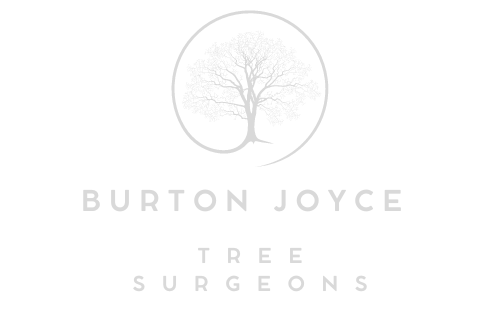Shaping vs Maintaining Hedges: What You Need to Know
A well-kept hedge can completely transform the appearance of your garden, providing structure, privacy, and natural beauty. However, keeping hedges healthy and attractive requires more than just an occasional trim. At Burton Joyce Tree Surgeons, we often find that homeowners are unsure about the difference between shaping and maintaining hedges — two practices that are essential for long-term growth, form, and vitality. Understanding how these processes differ can help you achieve the perfect balance between aesthetics and plant health.
The Purpose of Hedge Shaping
Hedge shaping focuses on the visual design and structure of the hedge. This is the stage where the overall form is established — whether you want a formal, geometric shape or a more natural, flowing appearance.
What Hedge Shaping Involves
Shaping typically includes:
- Initial formative pruning for young hedges to create a strong framework.
- Design trimming to achieve symmetry, height control, and clean edges.
- Encouraging dense growth by cutting at the right points to promote new shoots.
This process helps define the hedge’s future shape and ensures even growth throughout its structure. Professional shaping by Burton Joyce Tree Surgeons guarantees that the plants are pruned correctly, reducing the risk of uneven growth or gaps.
Why Shaping Is Important
Shaping isn’t just about appearance — it also promotes healthier plants. By controlling growth and improving air circulation, it reduces the chance of fungal infections and encourages light penetration, which benefits the inner foliage. Well-shaped hedges are easier to maintain and tend to live longer.
The Role of Hedge Maintenance
Once a hedge has been shaped, regular maintenance keeps it looking neat and prevents it from becoming overgrown or uneven. Maintenance trimming is typically lighter than shaping and focuses on controlling annual growth.
Key Elements of Hedge Maintenance
- Regular trimming to remove soft, new shoots and maintain the desired outline.
- Monitoring for pests or diseases that can weaken the hedge.
- Clearing debris and old leaves from the base to promote healthy regrowth.
- Managing height and width to prevent the hedge from encroaching on paths, fences, or driveways.
At Burton Joyce Tree Surgeons, our maintenance schedules are tailored to the hedge species and local growing conditions in Nottingham, ensuring your hedge stays dense, healthy, and visually appealing all year round.
Knowing When to Shape and When to Maintain
Timing is key when it comes to hedge care.
- Shaping is best carried out during the plant’s early development or after a major cutback. It sets the hedge’s structure and should ideally be done during the dormant season or after flowering, depending on the species.
- Maintenance should occur more frequently, often once or twice a year, during the growing season. Regular trimming keeps the hedge compact and prevents it from becoming woody or straggly.
Neglecting maintenance for too long can cause the hedge to lose shape and become sparse, requiring more drastic shaping later on.
Common Mistakes to Avoid
Even with good intentions, homeowners sometimes make errors that can harm their hedges.
- Cutting too deeply can remove healthy foliage and expose bare patches.
- Trimming at the wrong time can damage new growth or disturb nesting birds.
- Ignoring hedge species differences — some varieties need gentle maintenance, while others respond well to hard pruning.
That’s why it’s always best to rely on experienced professionals such as Burton Joyce Tree Surgeons, who understand how to balance health and aesthetics for every hedge type.
The Benefits of Professional Hedge Care
Professional hedge care ensures your hedges receive the correct type of attention at the right time of year. Skilled arborists can assess the growth pattern, identify potential issues, and use the proper equipment to create clean, even cuts that encourage vigorous regrowth.
Benefits include:
- A more balanced and uniform appearance
- Improved hedge health and density
- Reduced risk of disease or pest problems
- Increased property kerb appeal
By combining expert shaping and routine maintenance, your hedges will remain a defining feature of your landscape.
Conclusion
Understanding the difference between shaping and maintaining hedges is vital for keeping your garden’s greenery both beautiful and healthy. Shaping defines the hedge’s structure, while maintenance preserves that form throughout the year.
For residents in Burton Joyce and across Nottingham, Burton Joyce Tree Surgeons offers expert hedge shaping and maintenance services that ensure your hedges stay in peak condition — structured, dense, and visually striking.
Call us on: 0115 647 1164
Click here to find out more about Burton Joyce Tree Surgeons
Click here to complete our contact form and see how we can help with your tree needs.

